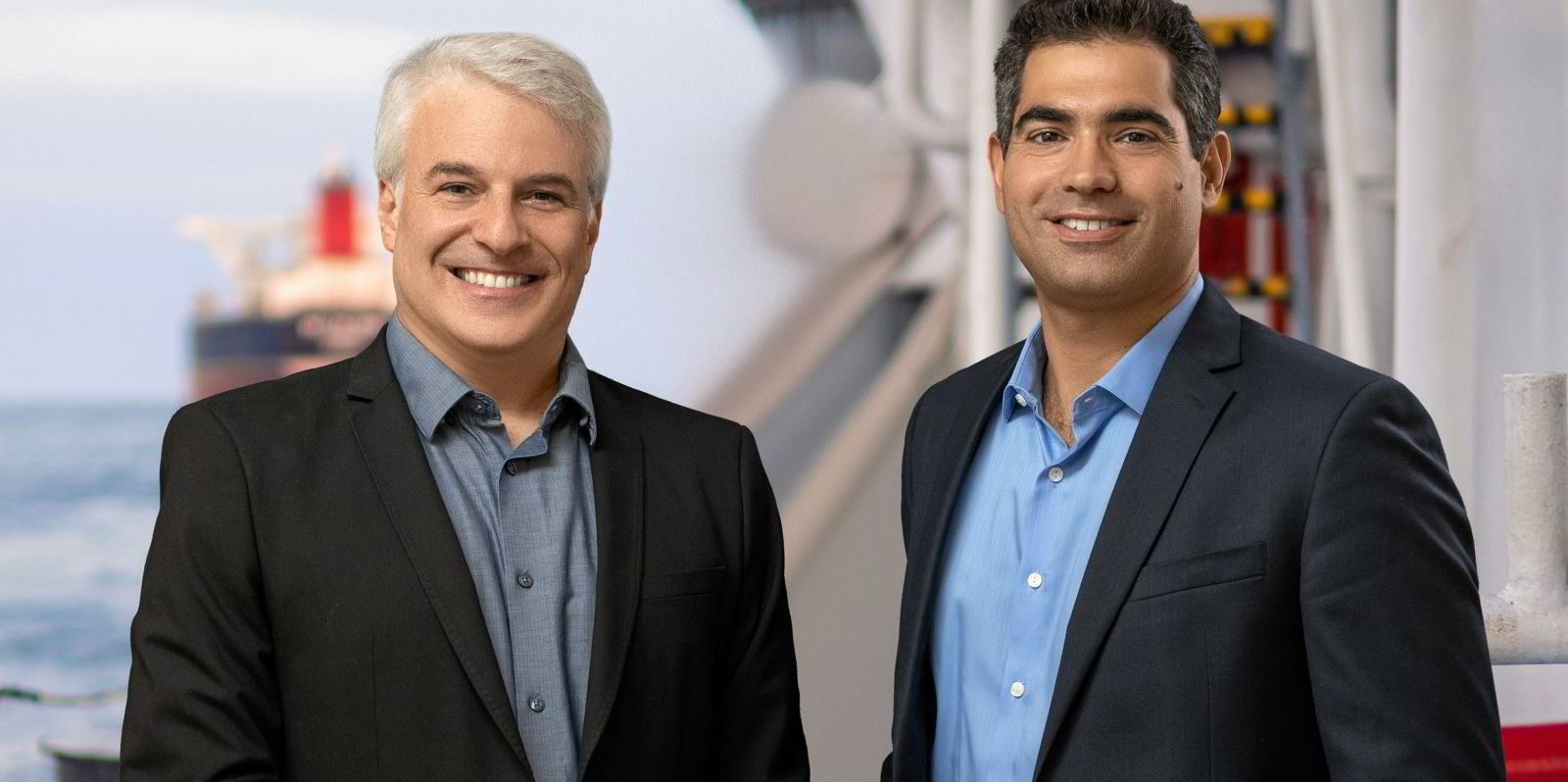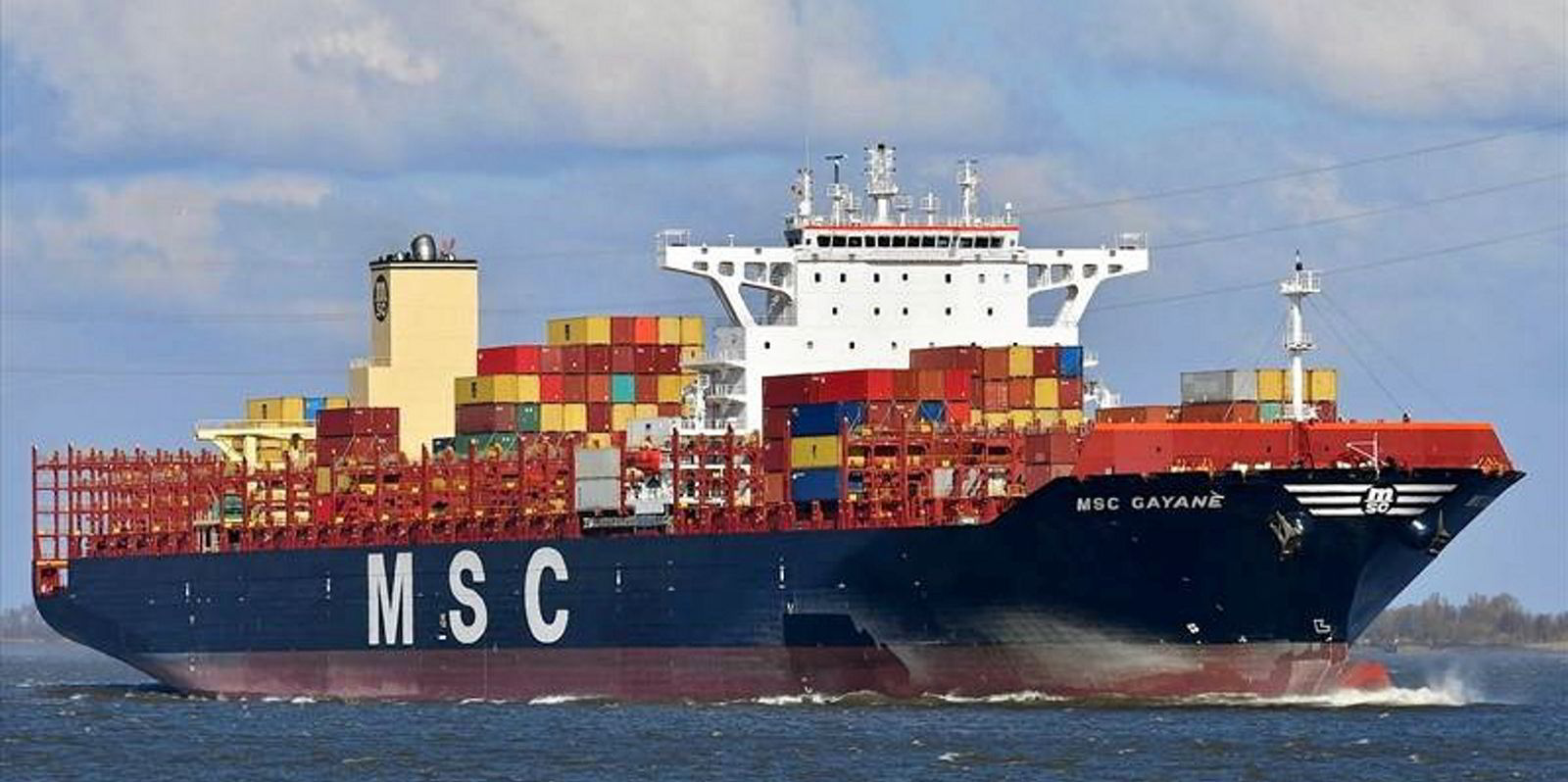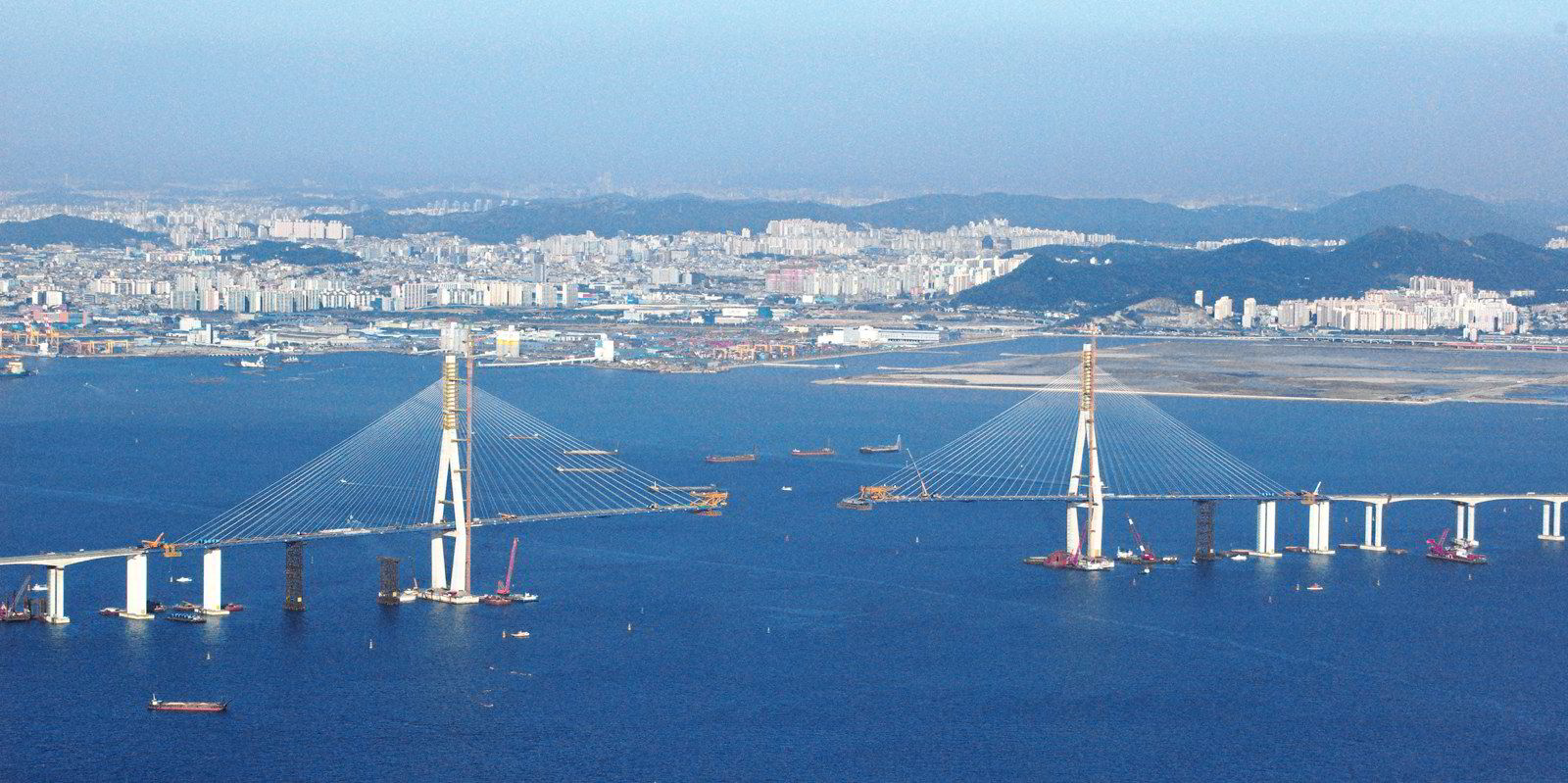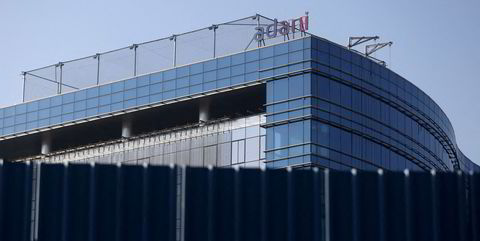Tech start-up ShipIn Systems has developed ship management technology to improve safety and operational efficiency through a mix of live feed onboard CCTV cameras and artificial intelligence.
The number of cameras on board can range from six on smaller vessels to about 40 on large boxships and gas carriers.
The idea is to detect behaviours outside ship managers’ safety and operational parameters to provide immediate alerts to ship and shore personnel.
A range of operations ranging from cargo, maintenance and navigation can be monitored in real-time, on board and by superintendents and management onshore. The cameras are also aimed externally to identify navigational or security threats.
The data can be combined with other inputs such as AIS and weather for fleet and vessel benchmarking, and to inform ship management strategy and improve future performance.
Boston-based ShipIn claims a 40% reduction in losses, a 10% improvement in efficiency and $400,000 savings.
It has additional benefits in providing evidence to speed up insurance claims processing.
It can also be used as a loss prevention tool that will eventually reduce premiums by reducing safety incidents.
Its latest investor is leading marine insurer Munich Re.
Founder and chief executive Osher Perry is a former ship’s officer who has applied similar tech to the manufacturing industry and identified the potential to apply it to maritime.
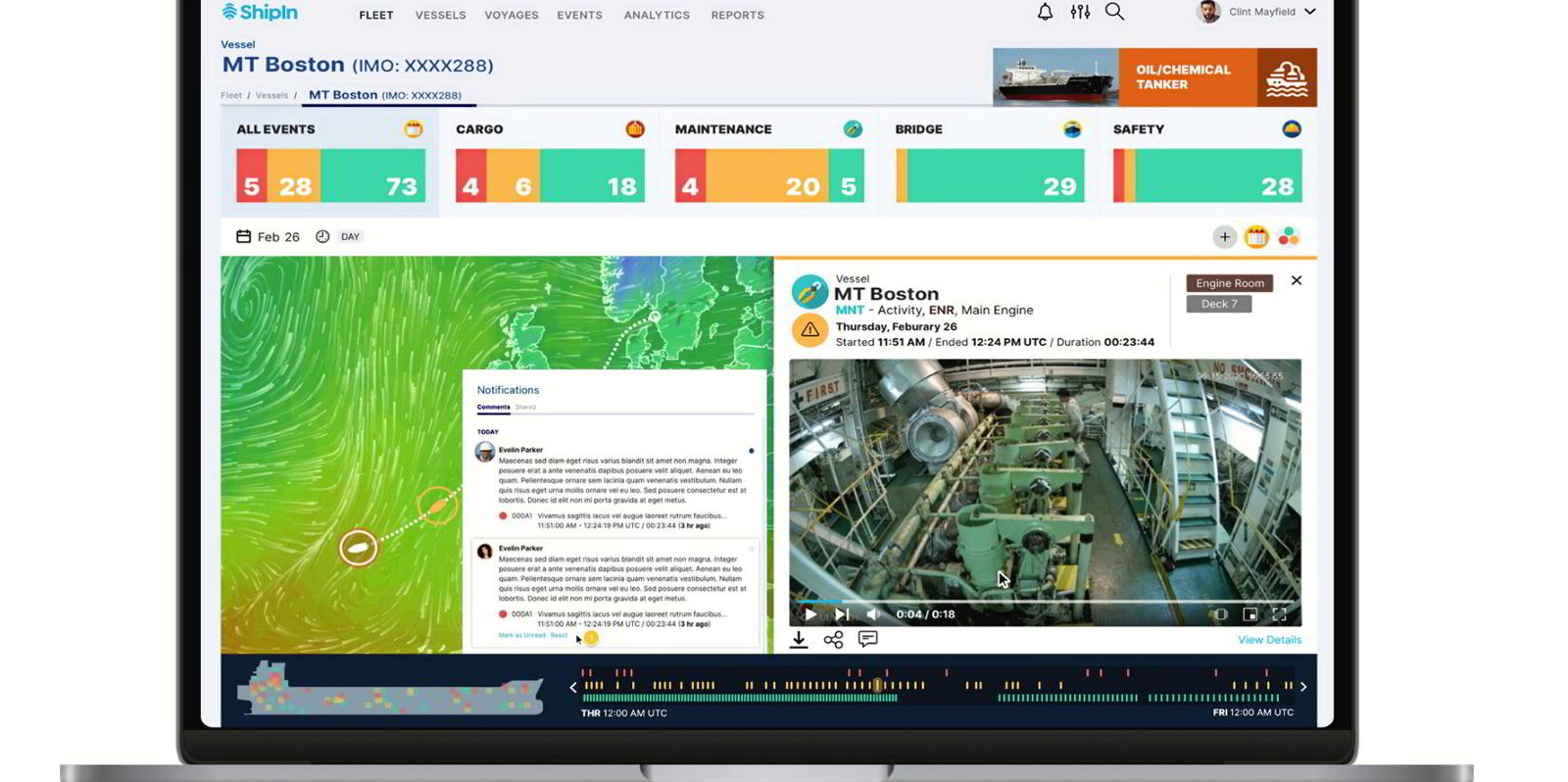
However, there has been some pushback against monitoring technology in the workplace.
Research suggests it can lead to stress and anxiety among employees.
So what do the crew make of onboard CCTV?
Osher said that in principle the system is there to support rather than police. The master and chief engineer have direct access to the video and data through the onboard dashboard.
“We give the captain the tool on board his vessel and we encourage the ship management teams to use it as positive enforcement by sharing best practices, not by penalising and policing,” he said.
He suggests that while ships have rapidly increased in size, crew numbers have remained static. On giant vessels, the crew need the support of cameras to stay on top of operations.
“We all know that over the last few decades, vessels have been getting bigger but crew size does not match that — we keep adding pressure, burden and load on their shoulders by reducing seafarers,” he said.
Drug trafficking
“So at the end of the day, you have to ask, have we equipped crew with automated tools on board to help them cover all security and navigation aspects, the maintenance load on board, stowaways and drug smuggling as well as cargo operations?”
He points out that crew have often installed additional spare cameras supplied to the ship on their own initiative, while the firm’s own crew survey indicated that the vast majority saw value in the system.
“They can have access to actually seeing what is happening on a 320-metre ship with multiple decks which is already overstretching their responsibilities,” Osher said.
